The war in Ukraine at the moment is relatively far from Lviv (Lviv), a city close to the border with Poland, currently a kind of refuge for those leaving the cities most affected by the conflict. Lviv is also home to one of the country’s most important cultural institutions, the “Borys Voznytsky” National Galleries of the Arts, a complex that brings together several museums: the Lozynskyj Palace, the Potočkyj Palace, the Museum of Modernism, the Boim Chapel Museum, the Museum of Old Ukrainian Books, the Ivan George Pinzel Museum, the Museum of Modern Sculpture, and several castles throughout the Lviv region. The Potočkyj Palace houses a large collection of Italian and European art featuring, among other masterpieces, Georges de la Tour’sSpilled Money, one of Jacopo Zucchi’s versions of Amphitrite’s Kingdom, a portrait of Sofonisba Anguissola, works by Paul Troger, Josef Winterhalter, and Anton Franz Maulberch. Lozynskyj Palace, on the other hand, houses collections from the nineteenth century, while other museums, such as the Museum of Modernism, contain important works of Ukrainian art history. How is the museum dealing with this situation? We talked about it with Vasyl Mytsko, head of communication at the Galleries. The interview is edited by Federico Giannini.
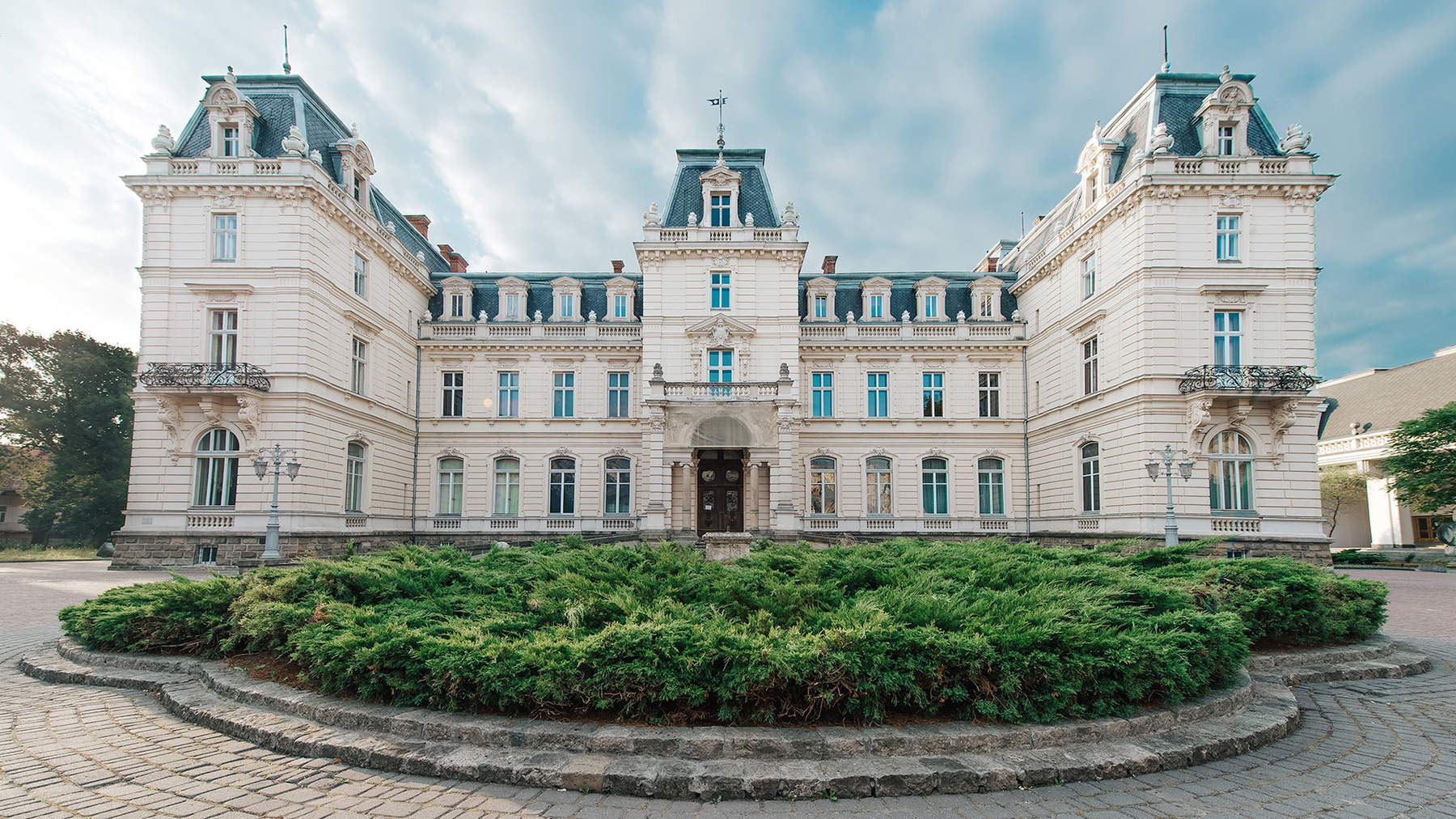
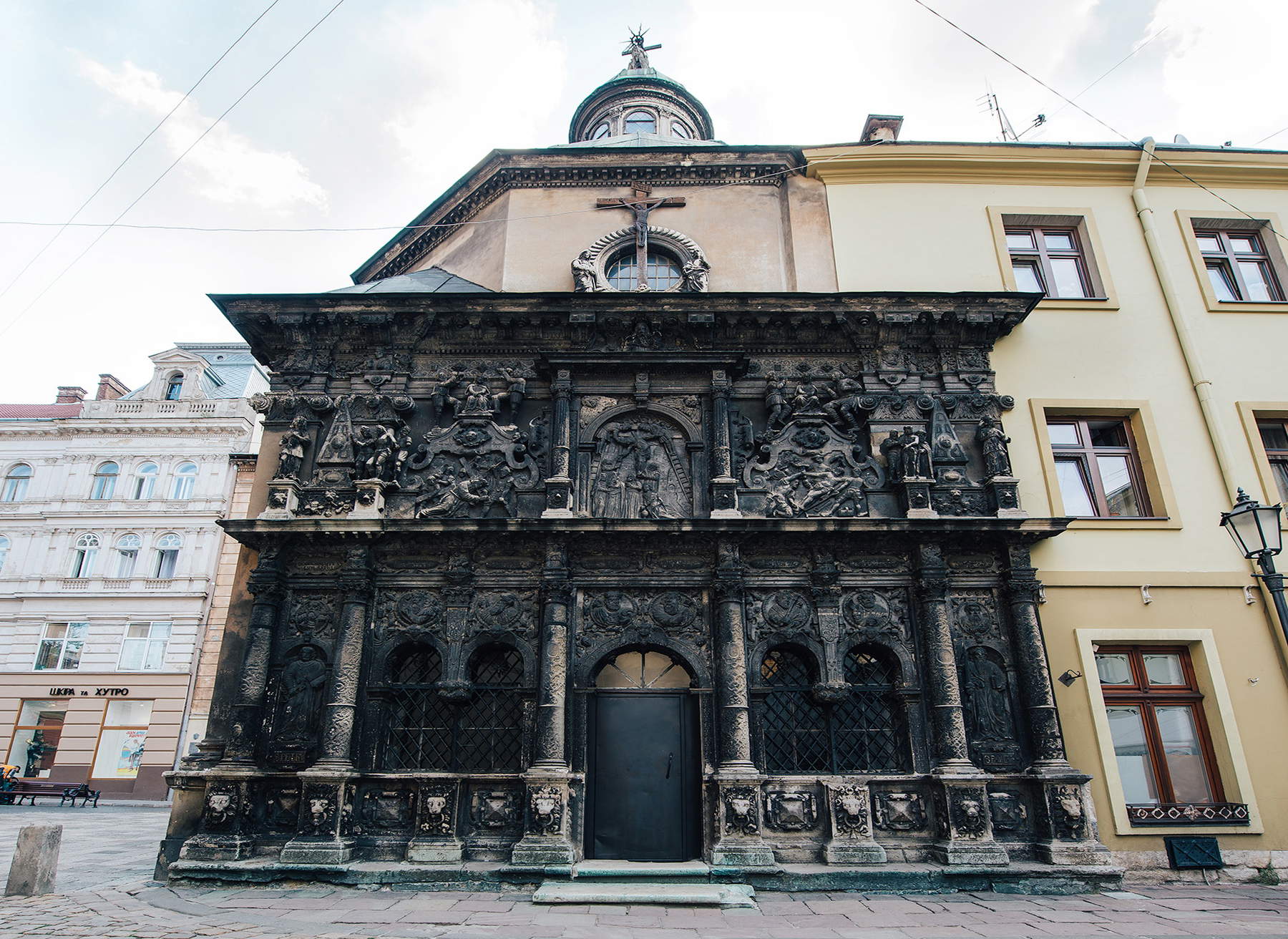
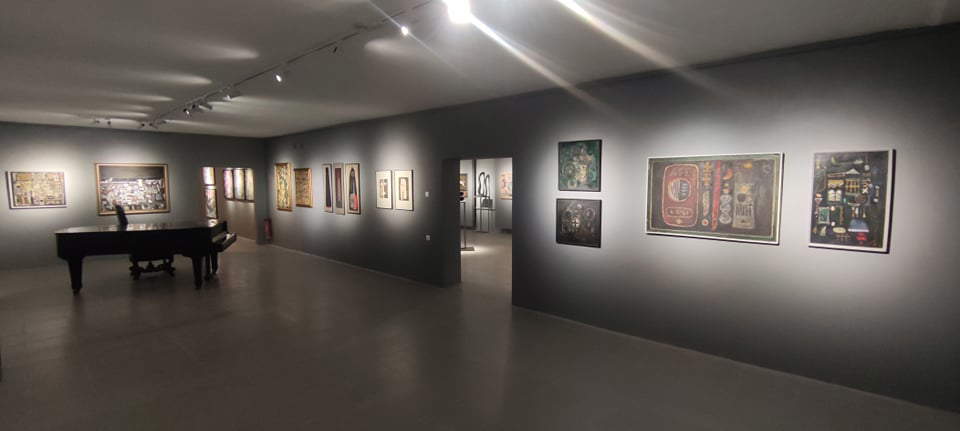
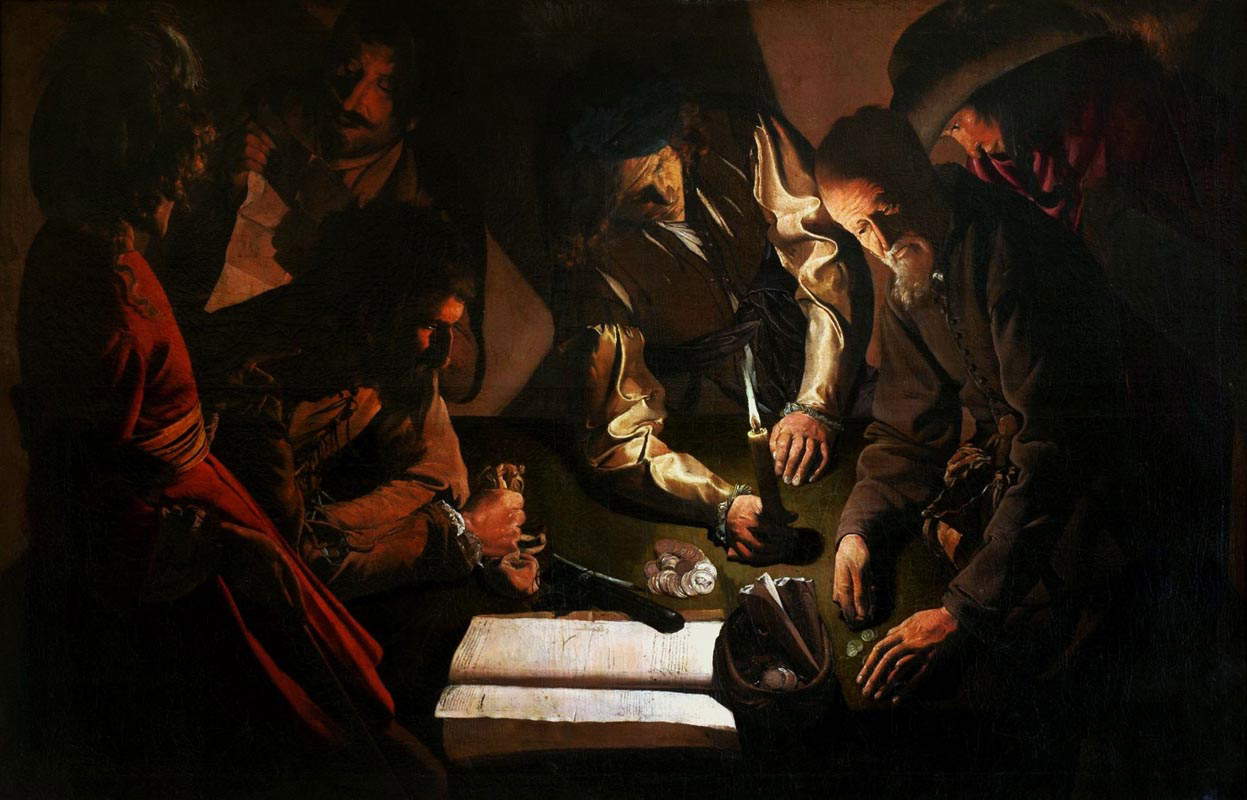
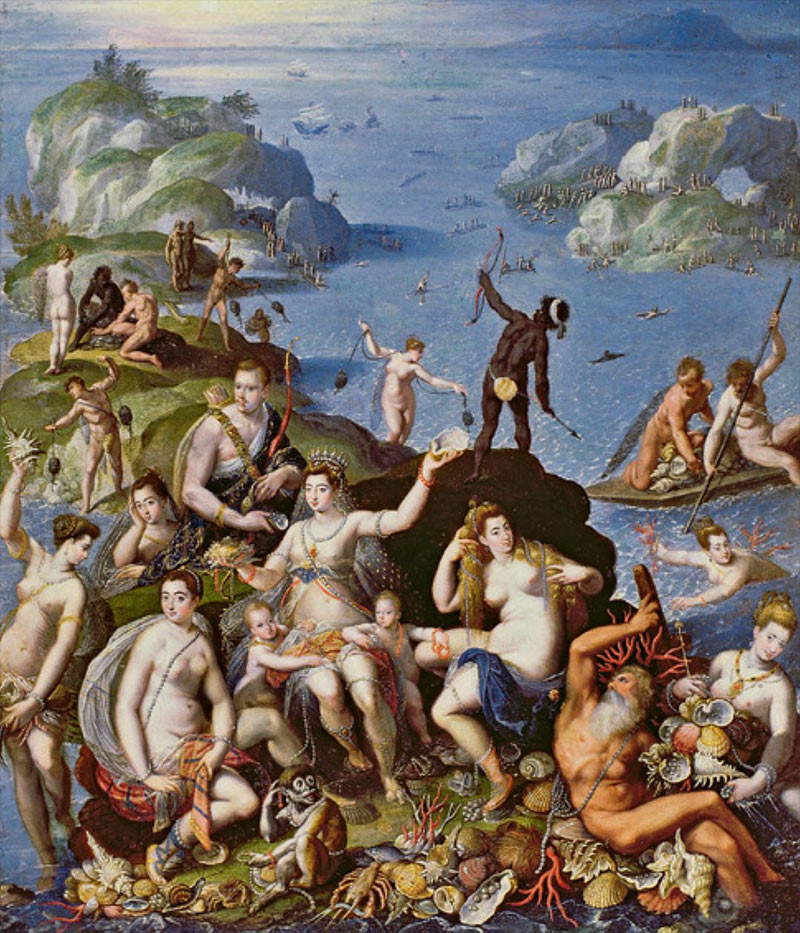
FG. What feelings are you experiencing right now?
VM. I don’t think we have time right now to think deeply about what we feel, we had it maybe in the first three days: that’s when we were upset. We didn’t expect that such a bloody war could start, in such a large part of the country. And we had to start doing something, prepare ourselves to deal with this situation. So now we don’t have time to sit and think, for deep philosophical reasoning.
How are you working now and what are you doing?
Much of our work at the moment is confidential, especially in terms of relocating the works. We have strengthened protection and security measures, and for this goal we also rely on the support of the Ukrainian armed forces. We have also taken some technical measures to deal with any unforeseen events.
Until recently, would you have imagined that you would be faced with the task of securing your works from possible attacks on the museum? Did you start working in advance?
We started immediately after the February 24 bombings. In the early days our obligations were of a different kind, partly documentary in nature, and partly aimed at securing the lives of people, that is, our workers.
What are your workers doing now?
Some of the workers who were dedicated to services to the public right now are on standby, but in any case so many people in our area are engaged in volunteer activities, either because they are actively participating or because they are coordinating activities, while others are working very hard to solve other problems in the museums. We are coordinating with other museums and preparing.
What are your biggest concerns right now?
We are not afraid; we remember Moscow’s policies toward Ukraine’s culture over the centuries. They began in the 18th century by stealing from us the name “Russia” (originally “Rus’”), which was then given to Muscovy in the time of Peter the Great. Under Tsarina Catherine II, chronicles of Ukraine were confiscated from Ukrainian territory and history was rewritten. The Ukrainian language was officially banned. Under the Soviet Union, an even greater period of terror began (it is very easy to Google information about the “Ukrainian Executed Renaissance,” the period in the 1930s when Ukraine’s cultural elite were executed). Many important artifacts found in Ukraine by Soviet archaeologists never returned from Russia. Putin has officially confirmed the continuation of this policy and wants to destroy us as a country and as a cultural community. The objects in our museums are the basis of our Ukrainian and European identity, so we have no fears. We are vaccinated against Moscow’s imperialism, and we know perfectly well how to preserve our treasures.
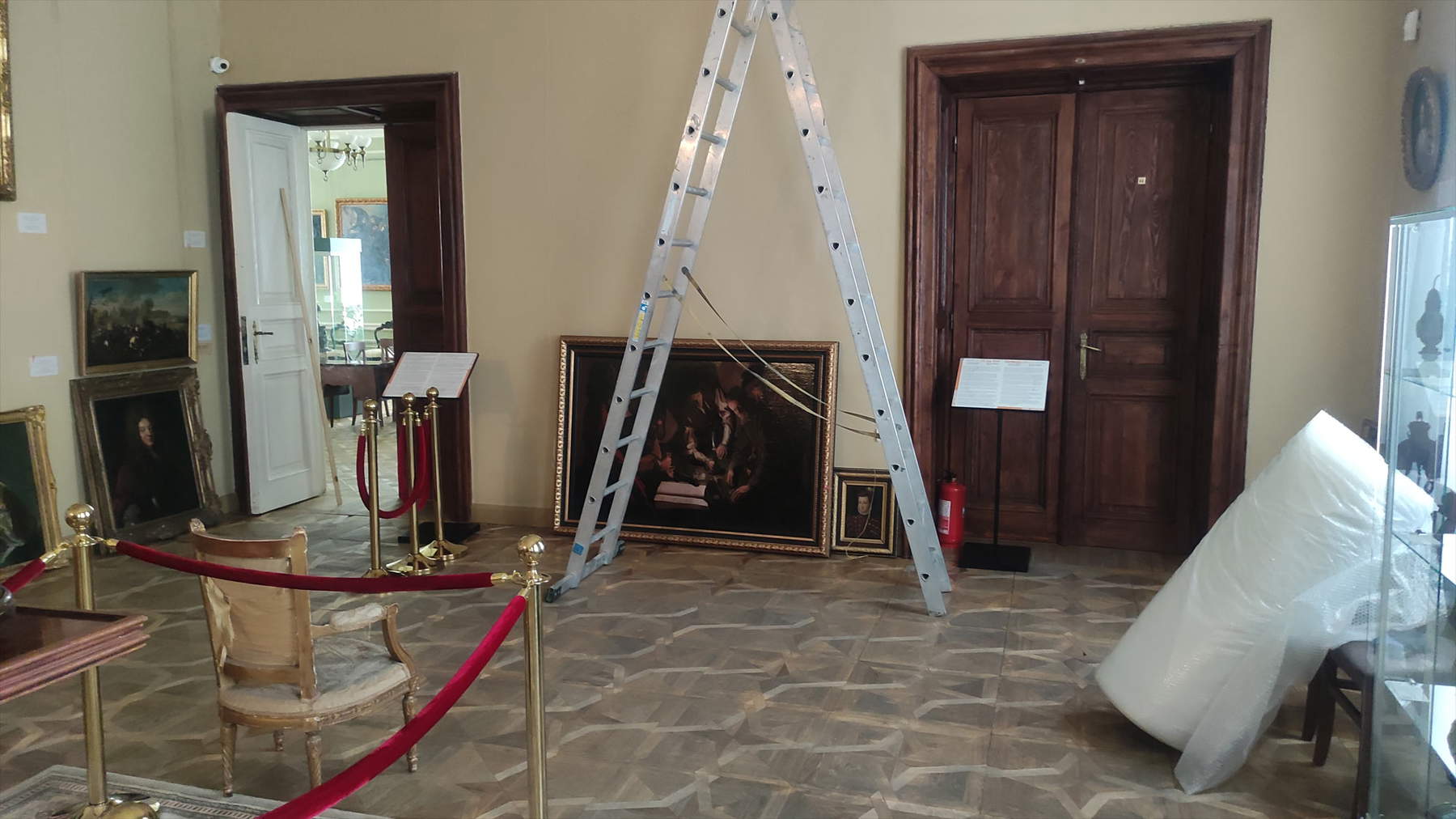
Do you have any news from other museums in Ukraine, in the most affected areas?
Gathering information at this time is very difficult. The Ministry of Culture of Ukraine has been evacuated so we communicate with them through different methods than usual. From what I know, there are some that have been seriously damaged. One of the first was the one in Ivankiv, Kiev region, with the works of Maria Prymachenko, an artist of the anti-classical school with a highly original “folk” style: the museum was set on fire due to a bombing, but fortunately Prymachenko’s works, according to preliminary information, were saved by the local residents. From social media reports, the Museum of Local History caught fire in Mariupol, and the same happened to the museum in Ochtyrka. In Kharkiv, the windows of the Art Museum were damaged but we have been told that the works are safe, and they are now looking for volunteers and materials to insulate the windows.
Have you received support from the international community?
We are working on it. We have very close collaborators in Poland. They are providing us with packing materials that we need to secure the works and of which there is a shortage here now, partly because most of the businesses are closed so it is difficult to get these kinds of materials. We are also working with ALIPH - International Alliance for the Protection of Heritage in Conflict Areas, from which we expect to receive funds to continue with the restorations (especially architectural) as well as materials to cope with the daily work.
What can be done from outside (e.g. from Italy, France, Germany) to help you? What support can those who live in other countries give you?
Good question: right now we don’t have anything urgent to ask. I think the best support that those who care about us can give us, both at the level of people and at the level of institutions, is to come and visit Ukraine after our victory, and visit our museums, because we really have a lot to show. In our museum we have wonderful collections of Italian art and European art, for example we have a painting by Georges de la Tour that in Italy you have seen in Milan, in the Royal Palace, but we have so much more: paintings, sculptures, graphics, architecture. So I invite you to come here when the war ends, to visit us and to write more about us.
Warning: the translation into English of the original Italian article was created using automatic tools. We undertake to review all articles, but we do not guarantee the total absence of inaccuracies in the translation due to the program. You can find the original by clicking on the ITA button. If you find any mistake,please contact us.